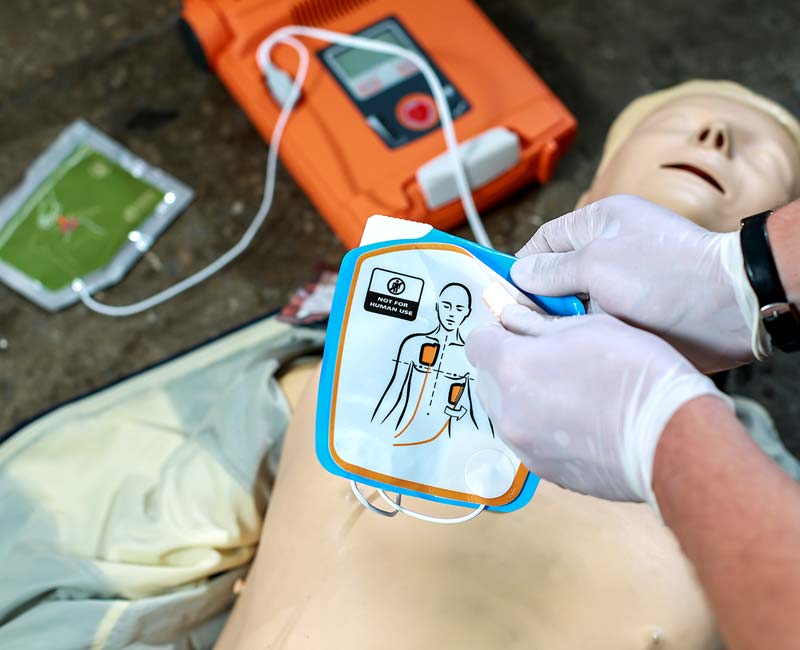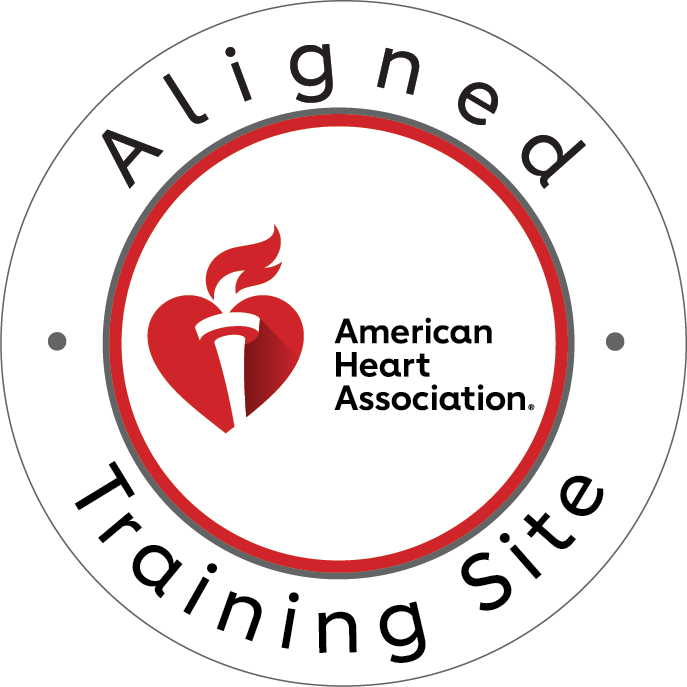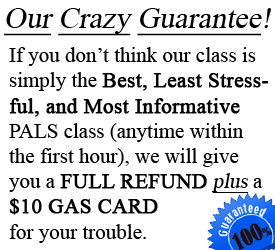Cardiopulmonary resuscitation (CPR) and Automated External Defibrillators (AEDs) save thousands of lives each year. However, many myths and misconceptions prevent people from acting during emergencies. In this article, we will debunk the most common myths about CPR and AED usage to ensure you have the correct information to respond effectively in a life-threatening situation.
Myth #1: Only Medical Professionals Can Perform CPR and Use an AED
Fact: Anyone Can and Should Perform CPR and Use an AED
Many people believe that only trained medical professionals can administer CPR or operate an AED. The truth is that anyone can and should step in during a cardiac emergency. Bystander CPR can double or even triple a person’s chance of survival. Most AEDs have voice prompts and clear instructions, making them easy to use for anyone, even without formal training.
Myth #2: CPR Can Cause More Harm Than Good
Fact: The Benefits of CPR Far Outweigh Any Potential Risks
A common fear is that performing CPR incorrectly could cause harm, such as broken ribs. While chest compressions can sometimes lead to minor injuries, the alternative—doing nothing—is far worse. Without CPR, a person in cardiac arrest has virtually no chance of survival. Immediate action is crucial.
Myth #3: You Must Perform Mouth-to-Mouth for CPR to Be Effective
Fact: Hands-Only CPR is Effective for Cardiac Arrest Victims
Many people hesitate to perform CPR because they are uncomfortable with mouth-to-mouth resuscitation. However, hands-only CPR (chest compressions without rescue breaths) is highly effective, especially for adult victims of cardiac arrest. The American Heart Association (AHA) recommends hands-only CPR for bystanders until professional help arrives.
Myth #4: AEDs Can Shock a Beating Heart and Cause Harm
Fact: AEDs Are Designed to Deliver a Shock Only When Necessary
Some people fear that an AED might mistakenly shock a person with a normal heartbeat. However, AEDs are designed to analyze the heart’s rhythm and only deliver a shock if needed. If a shock is not required, the device will not activate, making AEDs safe and effective.
Myth #5: If Emergency Services Are on the Way, You Don’t Need to Perform CPR
Fact: Every Second Counts in Cardiac Emergencies
Cardiac arrest causes the heart to stop pumping blood, leading to brain damage and death within minutes. Waiting for emergency responders without taking action significantly reduces survival chances. Performing CPR immediately keeps blood circulating until professional help arrives.
Myth #6: CPR is Only Needed for Drowning or Choking Victims
Fact: Cardiac Arrest Can Happen to Anyone, Anytime
While drowning and choking can lead to cardiac arrest, most cases occur due to heart conditions, electric shocks, drug overdoses, or trauma. Knowing CPR and how to use an AED prepares you to respond to a wide range of emergencies.
Myth #7: You Need Special Training to Use an AED
Fact: AEDs Are User-Friendly and Require No Prior Training
AEDs are designed for public use and provide step-by-step voice instructions. Even without prior training, a bystander can confidently use an AED in an emergency. However, taking a CPR certification class can boost your confidence and preparedness.
Myth #8: If a Person Is Gasping, They Don’t Need CPR
Fact: Gasping or Agonal Breathing is a Sign of Cardiac Arrest
Gasping, snorting, or irregular breathing can be a sign of agonal breathing, which occurs in cardiac arrest. If a person is unresponsive and breathing abnormally, start CPR immediately.
Myth #9: AEDs Are Expensive and Only Found in Hospitals
Fact: AEDs Are Available in Many Public Places
AEDs are found in airports, malls, gyms, schools, and workplaces. Many organizations recognize the life-saving importance of having AEDs readily available, making them increasingly accessible in public settings.
Myth #10: Learning CPR and AED Use is Complicated and Time-Consuming
Fact: CPR and AED Training is Quick and Easy
CPR and AED training courses are designed to be simple and hands-on. Many classes take just a few hours to complete and provide skills that can make a life-or-death difference in an emergency.
Call to Action: Get Certified Today!
Now that we’ve debunked these common myths about CPR and AED usage, it’s time to take action. Being prepared can save a life! Get your CPR certification in Tampa or renew your BLS certification in Tampa today with CPR Tampa, an American Heart Association training site offering stress-free, hands-on classes. Whether you’re a healthcare provider or a concerned citizen, learning CPR and AED skills empowers you to act confidently in an emergency.





